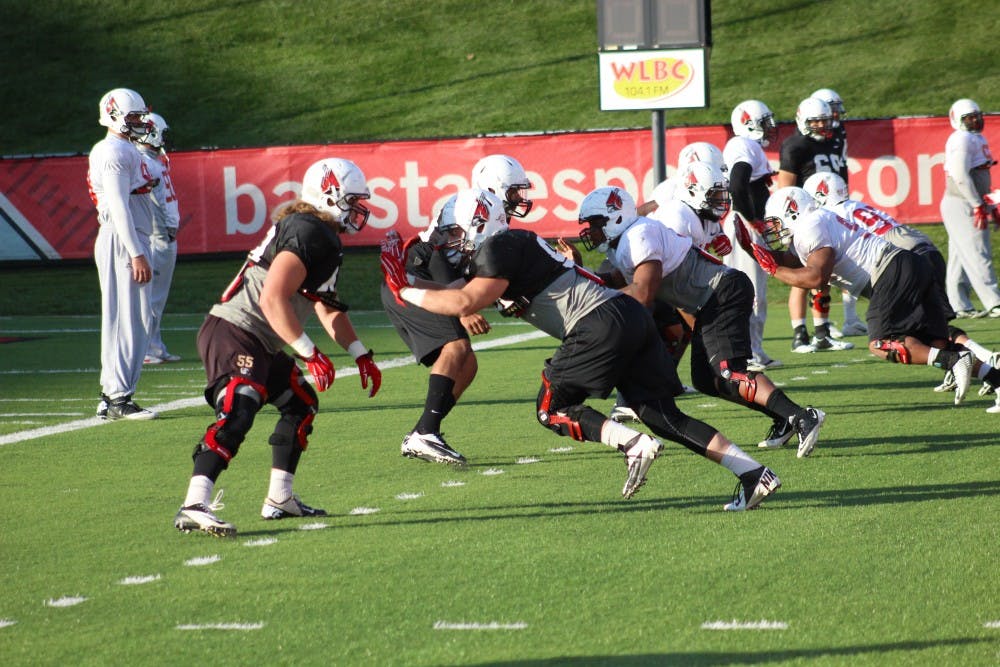During his first year in grad school, Quintin Cooper stood in position for the next play against the University of Toledo. He spotted the quarterback throwing the ball to the receiver and started running down the line. He prepared to stop the opposing receiver from making a touchdown.
After hitting the opposite player, Cooper fell to his knees and blacked out for a few minutes. After he gained consciousness, he walked to the sideline and tried to remember where he was.
“What hotel did we stay in?” He remembers thinking to himself. “What did I eat this morning?”
The team went to the locker room, where Cooper performed two tests.
First, Ball State athletic trainer Shawn Comer swayed his finger from left to right in front of Cooper’s face. Next, Cooper tried the balance test. He closed his eyes and attempted to stand on one foot to maintain balance.
He failed both tests and sat out for the remainder of the game.
This would be the second time Cooper experienced a concussion. The first being his senior year of high school.
He had a headache after colliding with a player from the opposing team. He walked over to the sidelines and approached his coach, not realizing the severity of his headache.
Wanting to stay in the game, Cooper went back on the field for the kick return. When the ball landed in front of him, he blankly stared at it, incapable of processing what happened. Seeing the incident, the referee stopped the game and escorted Cooper off the field.
The athletic trainer took his helmet and told him he was not going back in the game.
“When I first got my concussion in high school, I really didn’t know what to expect,” Copper said. “I thought your head hurts for a minute and then it goes away.”
For more info on the danger of concussions, read more at BallBearingsMag.com





